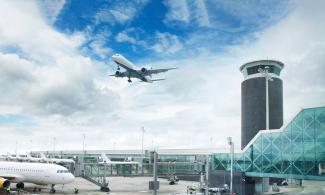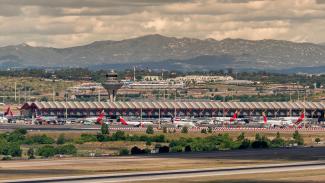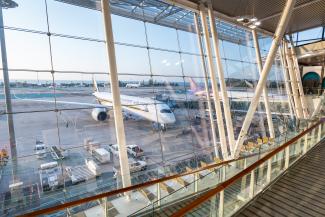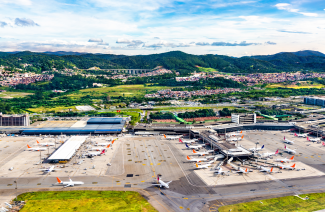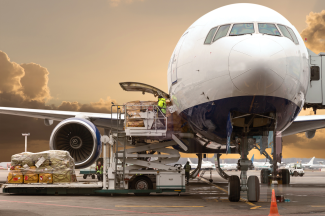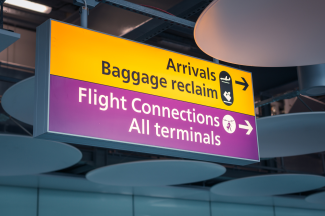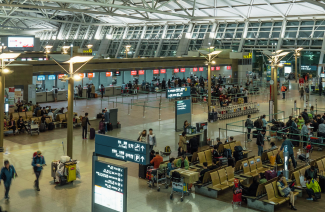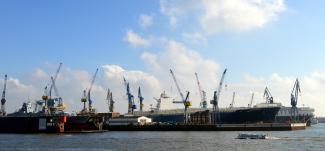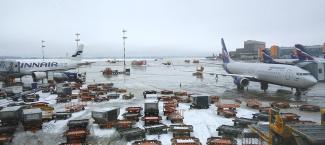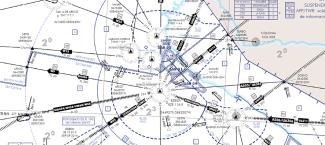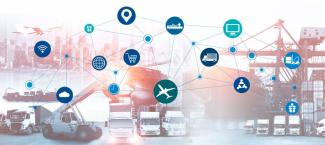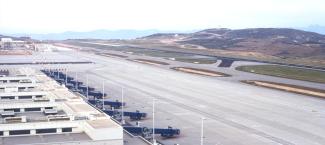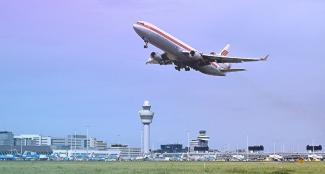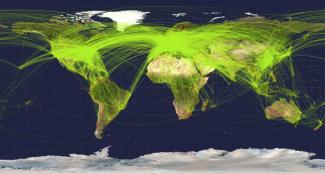Transportation is all about looking ahead. If we only plan for what we have now, we’ll always be playing catch-up. This statement from the ex-US Secretary of Transportation captures the fundamental shift expected from public transportation authorities. Today, public transportation authorities are no longer just regulators or compliance enforcers—they are key players in driving innovation, strategic growth, and collaboration across the entire ecosystem.
National Authorities’ changing role, in a more complex landscape
Despite the differences in how transportation authorities are structured and governed around the world, they face many of the same strategic challenges:
-
Aging infrastructure is one of the biggest hurdles. As an example, in London, Transport for London (TfL) is pushing for long-term funding to replace 53-year-old trains on the Bakerloo line, which are unreliable and expensive to maintain.
-
Safety is another key concern. Recent incidents in the aviation sector have drawn attention to emerging threats like cybersecurity risks, emphasizing the need for comprehensive safety-security management systems.
- The environmental impact of transportation is also a pressing issue. The sector remains a leading source of greenhouse gas emissions, air pollution, and noise pollution. Despite efforts to shift to greener transport modes, rising demand and slow adoption of sustainable alternatives are holding back progress.
Today’s challenges have raised the complexity bar to new levels for transportation authorities. In a globalized and interconnected world, multiple of those challenges transcend the traditional silos of transportation modes, regional jurisdictions, and national borders thus requiring innovative, coordinated solutions among all transportation stakeholders. The impact is felt across entire user and freight flow chains, adding another layer of complexity to transportation management.
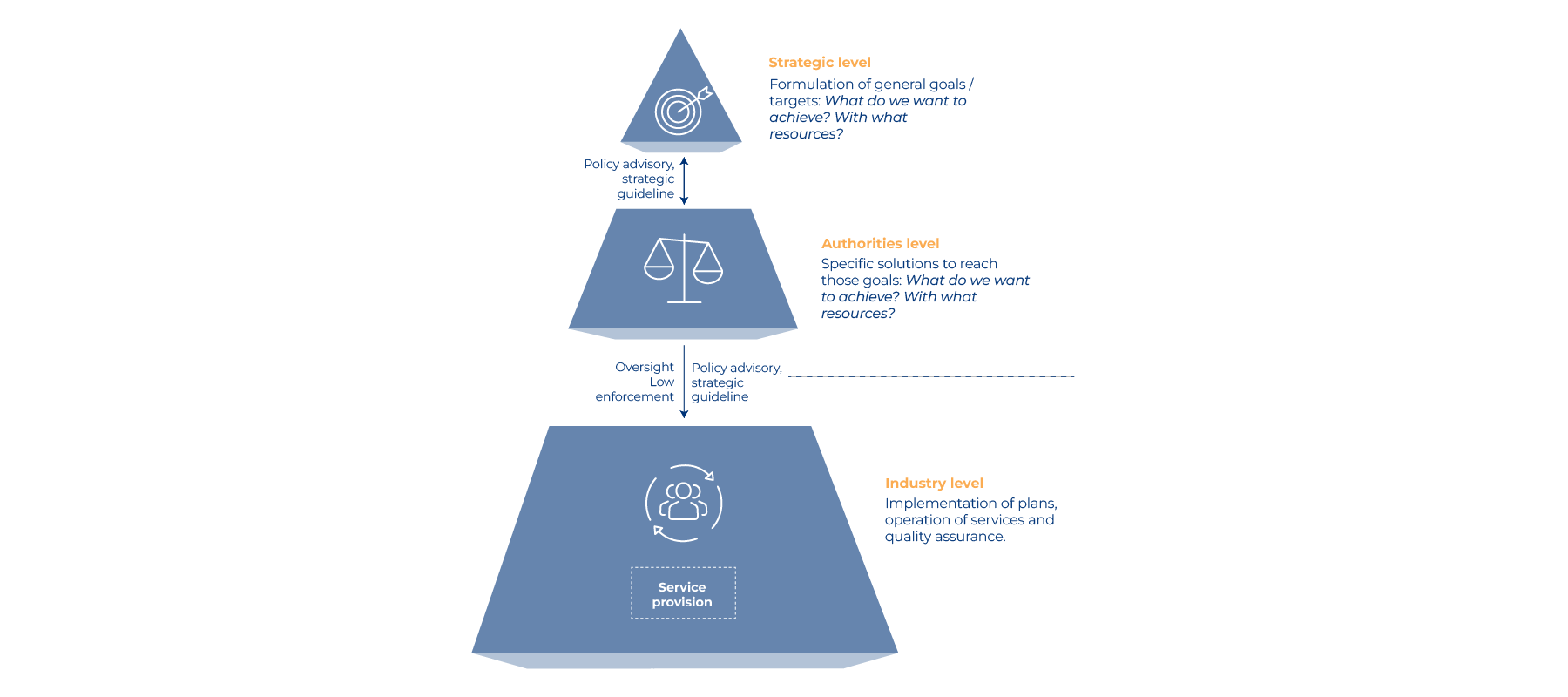
At the same time, cities are growing rapidly, putting enormous pressure on infrastructure, energy, housing, and transport. Climate change is forcing the transport sector to adapt while also reducing its environmental footprint. As a result, industries handling energy, transport, and infrastructure can no longer work in isolation—they also need to collaborate on integrated solutions.
Lastly, on top of all the previous challenges, transportation authorities must strike a delicate balance. While ensuring financial responsibility, they also have a public mandate to enhance prosperity, equity, and sustainability within the regions they serve. This means that their mission extends beyond financial considerations—it’s about shaping cities and regions that are more livable, accessible, and environmentally responsible.
The need for a smarter, data-driven approach
Transportation authorities must establish frameworks that promote efficiency, competitiveness, and resilience to navigate this complex landscape. They must turn political ambitions into practical strategies that support a sustainable, well-functioning transport system. However, there’s a challenge: authorities often lack direct access to data that drives decision-making in the industry.
Many agencies still rely on fragmented, outdated reporting structures. Historically, regulatory bodies have based their actions on periodic reports from industry players, which leads to a reactive rather than proactive approach. But the landscape is changing.
With access to open secondary data, AI-powered analytics, and a growing number of digital information sources, authorities now have the chance to build a smarter, data-driven foundation for decision-making. This shift doesn’t just streamline oversight—it allows authorities to move away from manually processing reports and instead focus on interpreting data and shaping solutions that make a real impact.
The road ahead: Building resilient, data-driven authorities
So, how can transportation authorities transition from passive regulators to proactive, data-driven leaders? The answer lies in strengthening three key areas:
- Data and analytics: Using high-quality data and advanced analytics to improve decision-making.
- Technology and infrastructure: Upgrading technological infrastructure to support data integration and processing.
- Governance and collaboration: Enhancing coordination between stakeholders, sectors, and geographies to create unified, forward-thinking transport policies.
By focusing on these pillars, transportation authorities can move beyond traditional regulatory roles and take an active role in shaping the future of mobility. The challenges are great, but with the right tools and strategies, they can drive meaningful change in the industry.
In the next sections, we’ll dive into real-world examples of transportation authorities that are successfully leading this transformation, showcasing how innovation and collaboration are making a difference.
Case 1: Strengthening CO2 monitoring for more resilient National Aviation Authorities
One of the biggest challenges in transportation today is its environmental impact. The aviation industry, for example, is responsible for about 2% of global CO2 emissions. With air travel demand rising, the need for stronger environmental policies is growing too. In response, the European Union (EU) has introduced several initiatives to reduce aviation’s footprint, including the Environmental Labelling Scheme, which informs passengers about the emissions of different flight options, and the Monitoring, Reporting, and Verification (MRV) system under the EU Emissions Trading System (EU ETS).
Within EU ETS, European National Aviation Authorities (NAAs) and the European Union Aviation Safety Agency (EASA) play a crucial role in monitoring compliance and guiding sector development. NAAs are responsible not only for national oversight but also for post-verification and operator compliance. For them to fulfill these responsibilities effectively, they need access to better tools that allow independent monitoring and estimation of emissions. The key question is: How can we empower authorities to meet these responsibilities without relying solely on industry-reported data?
From our experience in designing and implementing data-driven initiatives, we believe authorities need digital empowerment to build analytical resilience. This requires:
- Data: Open and democratized data access is already a reality. For instance, traffic data from ADS-B signals is widely available. Authorities need to identify their specific needs, assess relevant data sources, and determine the best way to integrate them. Should they collect raw data or rely on cleaned, aggregated statistics? How can they move beyond operator reports to gain independent insights?
- Technology: With rapid advancements in technology, authorities must decide on the best platforms to meet their needs. Do they require flexible, cloud-based systems that allow them to scale their capabilities? Or should they use specialized, off-the-shelf tools that address specific regulatory tasks?
- Algorithmics: Many useful applications for authorities involve combining multiple data sources to detect systemic vulnerabilities and prioritize key issues. This requires advanced analytical methods and complex environments—not only in terms of data and technology but also in ensuring the agency has the right expertise to interpret results effectively and integrate them into decision-making.
- Governance and cooperation: Beyond technology and data, authorities need strong partnerships. Cooperation between regulatory bodies, industry players, and technology providers ensures that the right frameworks are in place for accurate, transparent, and actionable emissions monitoring.
A potential game-changer would be leveraging machine learning techniques to analyze open traffic data (such as ADS-B) and estimate CO2 and CO2eq emissions based on real traffic patterns. This would allow NAAs to assess emissions more independently, cross-check industry reports, and enhance transparency across the sector. And beyond that, embracing these digital tools and methodologies would position transportation authorities as proactive leaders in environmental sustainability. NAAs could also foster stronger collaboration with aircraft operators, airports, and air navigation service providers (ANSPs), using data-driven insights to drive more competitive and sustainable operational changes.
Case 2: Authorities as enablers of Data-Driven collaborative Decision-Making
Transportation systems worldwide face increasing pressure to modernize, expand, and enhance efficiency. At ALG, our firsthand experiences with key clients globally highlight the ambitious initiatives underway to meet these challenges. In Saudi Arabia, the aviation sector is experiencing remarkable growth under Vision 2030. The Kingdom aims to triple annual passenger numbers to 330 million by 2030, expand connectivity to over 250 destinations, and boost air freight capacity to 4.5 million tons per year. Similarly, Argentina's commitment to revitalizing its railway system, exemplified by a $16.6 billion investment plan, reflects a concerted effort to modernize transportation networks and stimulate economic growth. In both cases, despite differing ambitions, we are working alongside authorities to enhance their visibility into sector performance, thereby increasing resilience and supporting sustainable growth.
Regardless of the context, the key challenge remains the same: authorities need a comprehensive understanding of the operational landscape and must coordinate efforts among all stakeholders to define investment priorities, implement initiatives, and measure their impact. Success depends not only on financial resources but also on data-driven decision-making and effective collaboration between transportation operators, regulators, and infrastructure managers.
Structuring a collaborative data-sharing initiative is key to have a 360º view of the particular topic of interest. This requires:
- Data: Enriching the scope of data by opening up stakeholders’ silos of interest to the topic is vital enabling seamless collaboration and data sharing. This implies the ability to gather and fuse data from multiple data sources, ensuring a comprehensive view that enables a more thorough and accurate analysis of the topic at hand. Nevertheless, such data fusion and analysis must safeguard the sensitivity of the data provided by stakeholders. This requires not only expertise in data analysis but as well in the specific subject matter, to ensure that data and use cases are handled with the appropriate care and responsibility.
- Technology: A collaborative platform to enable data sharing within the programme is required. Currently, cloud environments offer advanced capabilities that enable a seamless integration of multiple sources and types of data. Such environments need to safeguard the sensitivity conditions establishing an appropriate framework for role-based access management. This framework should limit accessibility to data based on roles and ownership while enabling analytical outputs either by means of analysing anonymized or aggregated data or by entrusting an independent third party to conduct the analysis without compromising the confidentiality of the data.
- Algorithmics: Deriving indicators and merging points from data sources of different nature and origins requires of advanced data analytics and fusion capabilities. This is particularly relevant in the case of dealing with unstructured data, such as natural text fields, which require specialized handling. Another critical point to cover in this type of programs is determining the appropriate anonymization level of outputs, which requires a focused conversation of what is allowed, followed by a translation into technical capabilities. Being able to extract insights from such a vast and diverse amount of data requires state-of-the-art capabilities in big-data and artificial intelligence approaches
- Governance and cooperation: Governance is one of the key pillars of such initiatives, as it is the baseline upon which trust is built among participants, allowing open and honest collaboration for a common goal. Establishing a proper overall program governance framework including strong data governance policies that are agreed, followed, and respected by all is the major key to success.
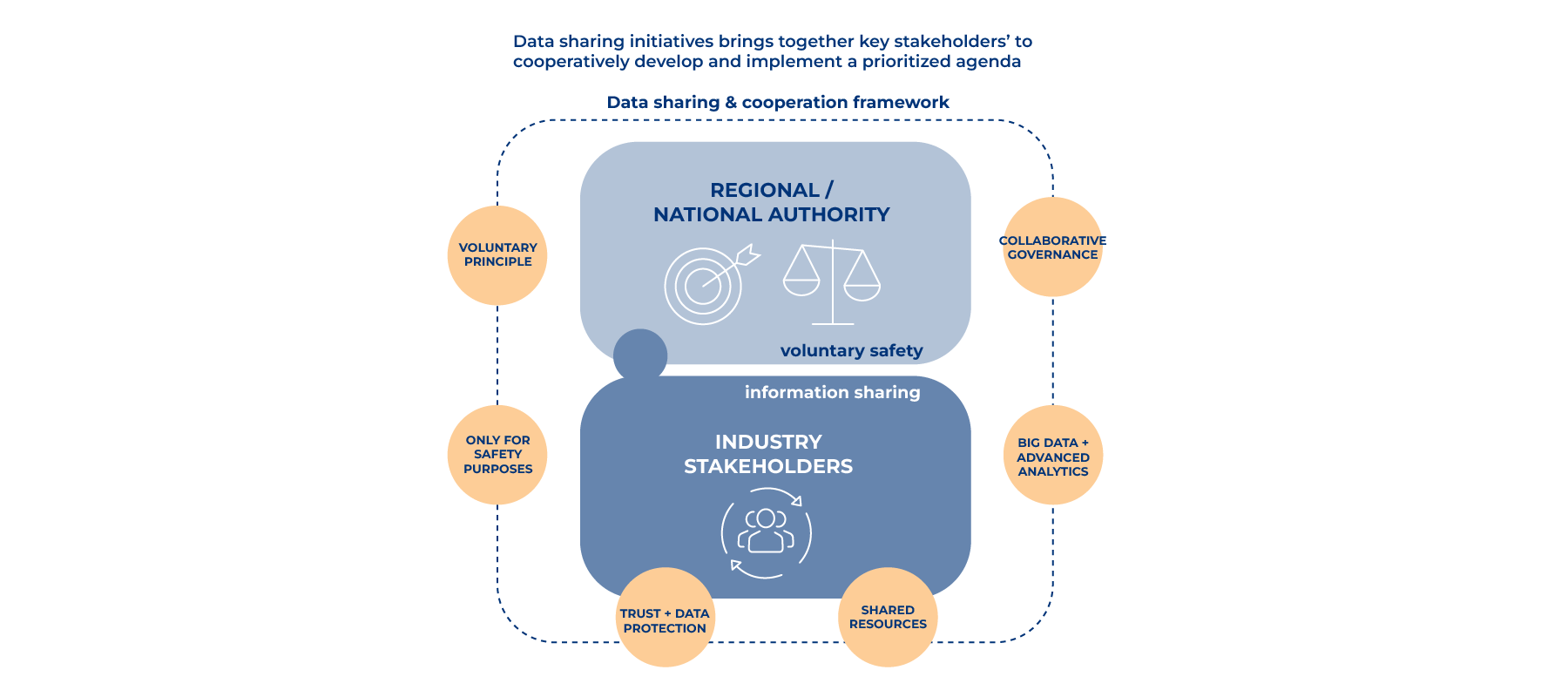
In conclusion, leading collaborative data-sharing programmes can serve as invaluable assets for authorities to overcome key challenges while positioning themselves as the natural enablers of sustainable and safe industry growth. In that sense, Authorities need to build the appropriate landscape for such programmes, which entails building trust among the stakeholders by having an appropriate balance between protection of sensitive data and allowing analytical results that can benefit the whole sector. This thoughtful approach will be crucial in unlocking the full potential of data-driven collaboration for industry advancement.
The challenges ahead for authorities are great, but when overcome, would empower them as industry enablers and driving force behind the efficient, sustainable and safe transportation systems of the future. In ALG we have the experience, know-how and frameworks to identify the key use cases for success, guiding Authorities through their digital journey.







